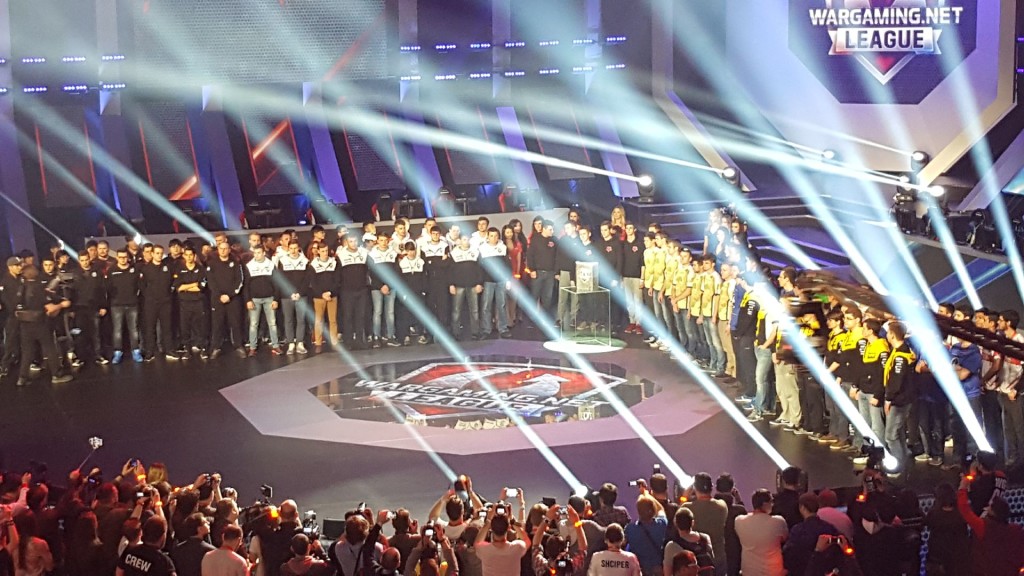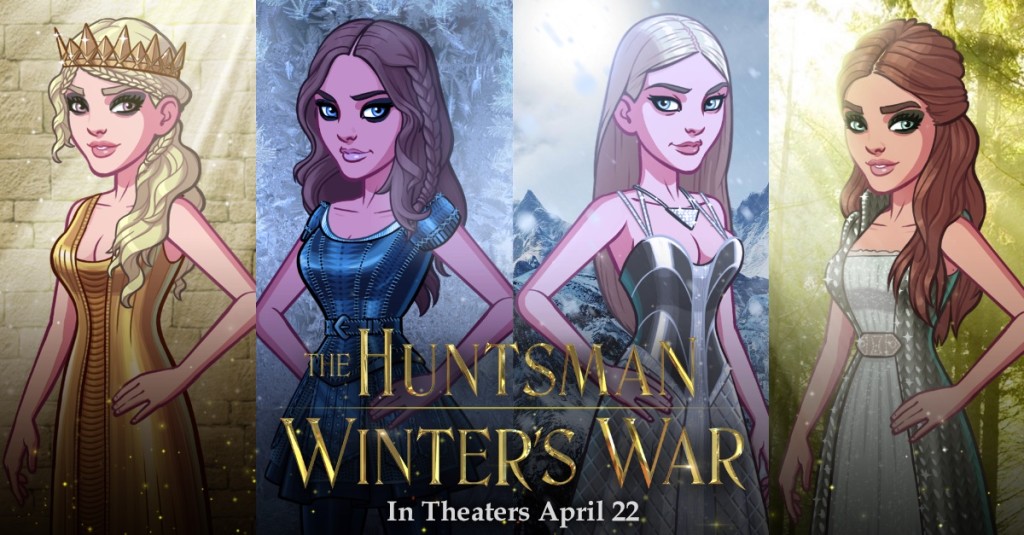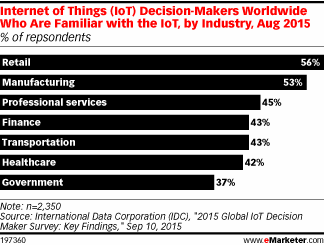Facebook has already had a pretty wild month, with the introduction of initiatives that will help marketers utilize the site and its many features to their advantage. The company continued its stride at the start of the developer-oriented F8 conference today, with announcements that will help shape the future of Facebook as we know it.
Co-founder Mark Zuckerberg took the stage to kick off the event, explaining the focus of keeping people connected around the world. “As I look around and I travel around the world, I’m starting to see people and nations turning inward, against this idea of a connected world and a global community,” he stated. “I hear fearful voices calling for building walls and distancing people they label as others. For blocking free expression, for slowing immigration, reducing trade, and in some cases, around the world even cutting access to the Internet.”
But he remained hopeful. “It takes courage to choose hope over fear. People will always call you naïve but it’s this hope and this optimism that’s behind every important step forward.”
With that, Zuckerberg introduced a new bot platform for Messenger, enabling developers to create them inside the messaging service for new functionality. With assistance from its partners at Baidu, this serivce includes an API to help build not only bots, but also chat widgets that will be accessible to media types that will enhance messages to subscribers with news and other information.
Zuckerberg went on to explain how Facebook Messenger, alongside WhatsApp, has managed to generate 60 billion messages per day, which is three times the normal amount for SMS. He noted how the Messenger service now has over 900 million monthly users, which makes the aforementioned announcement about chat bots very exciting for particular marketers.
Facebook also turned a spotlight on the Save function, which enables users to reserve content for later viewing. Even though it’s “buried” under a mountain of new content, 250 million people still take advantage of the feature. That was more than enough to prompt the company to introduce a specific button for it, which now lets publishers add the button to standard article templates. Once they see something they like, users can save the content right into their Facebook queue. The company expects to introduce it on Product Hunt and Overstock once it’s ready for launch.
Live video was a huge part of its opening keynote, and now any camera can stream onto Facebook Live, even a DJI Drone, which was brought out onto the stage. With this feature, developers can incorporate Facebook video into their programs and applications, allowing for better interaction with audiences. The tweet below from Niv Dror shows the camera drone in action, as Mark gives it a little wave.
“Say hello to my little drone friend” is what Zuckerberg should have said. #F8 pic.twitter.com/umpBxtkmd9
— Niv Dror ☄ (@Nivo0o0) April 12, 2016
The company also made a push for 360-degree video during the presentation by introducing a new high-end video capture system called the Facebook Surround 360. It features a 17-camera array and accompanying web-based software, which enables the ability to capture 360-degree video in real-time. Unfortunately, the UFO-shaped device isn’t ready for mass market yet, as it’s still in the prototype phase.

Facebook chief product officer, Chris Cox, announced better video integration with a new feature that will enable users to replace static profile photos with a seven-second video, with support from Vine, Instagram’s Boomerang service and Facebook’s MSQRD. With it, users simply need to press a button and let videos get captured directly to their page, in place of the usual profile image.
“If you’re building a selfie cam app…you can plug this in seamlessly to Facebook,” explained Cox.
The tool, labeled a “profile expression kit,” will be made available to developers so they can integrate the tool better into their camera apps. A launch date hasn’t been given yet, but it shouldn’t be too far off.
Zuckerberg also talked about the possibilities of virtual and augmented reality, which is where he’d like the company to move towards in five years. “Virtual reality has the potential to be the most social platform, because you actually feel like you’re right there with another person,” he explained.
“Over the next 10 years, the form factor’s just going to keep on getting smaller and smaller, and eventually we’re going to have what looks like normal-looking glasses that can do both virtual and augmented reality. And augmented reality gives you the ability to see the world but also to be able to overlay digital objects on top of that.
“So that means that today, if I want to show my friends a photo, I pull out my phone and I have a small version of the photo. In the future, you’ll be able to snap your fingers and pull out a photo and make it as big as you want, and with your AR glasses you’ll be able to show it to people and they’ll be able to see it.
“As a matter of fact, when we get to this world, a lot of things that we think about as physical objects today, like a TV for displaying an image, will actually just be $1 apps in an AR app store. So it’s going to take a long time to make this work. But this is the vision, and this is what we’re trying to get to over the next 10 years.”
There’s a lot of ground being covered here, from the expansion of 360-degree video to augmented reality to more convenient features for marketers and companies to take advantage of on the social front. It’s certainly a lot to take in — but it shows how incredibly serious Facebook is when it comes to not only making things convenient for its partners, but also its users.
 What is the virtual reality showcase all about and how did it become part of the Tribeca Film Festival?
What is the virtual reality showcase all about and how did it become part of the Tribeca Film Festival?

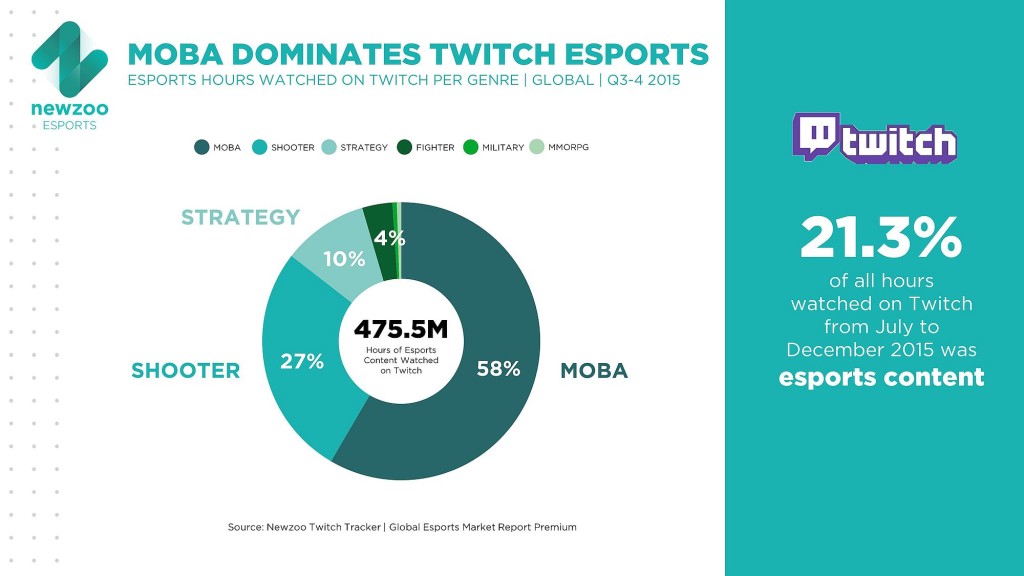
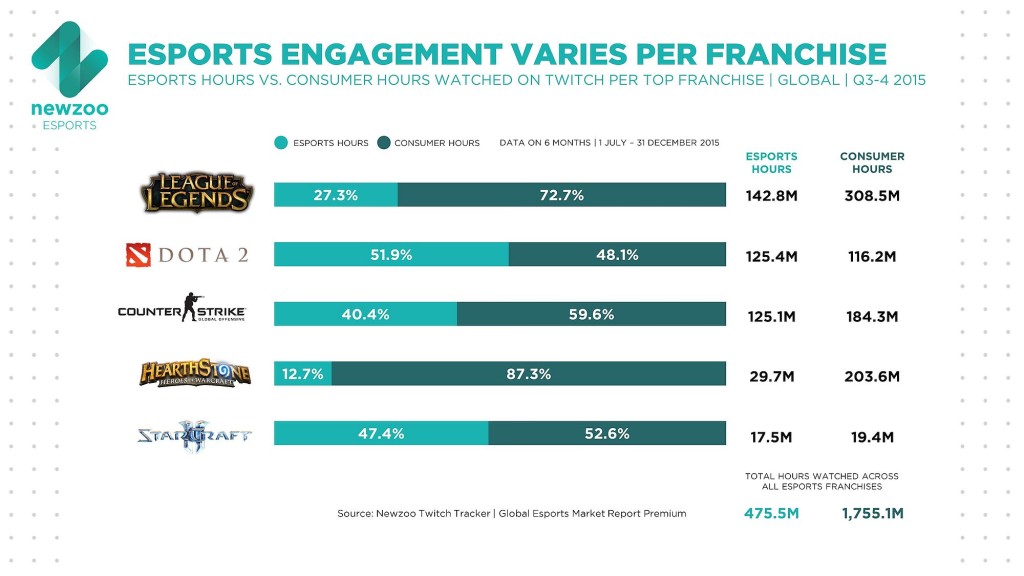
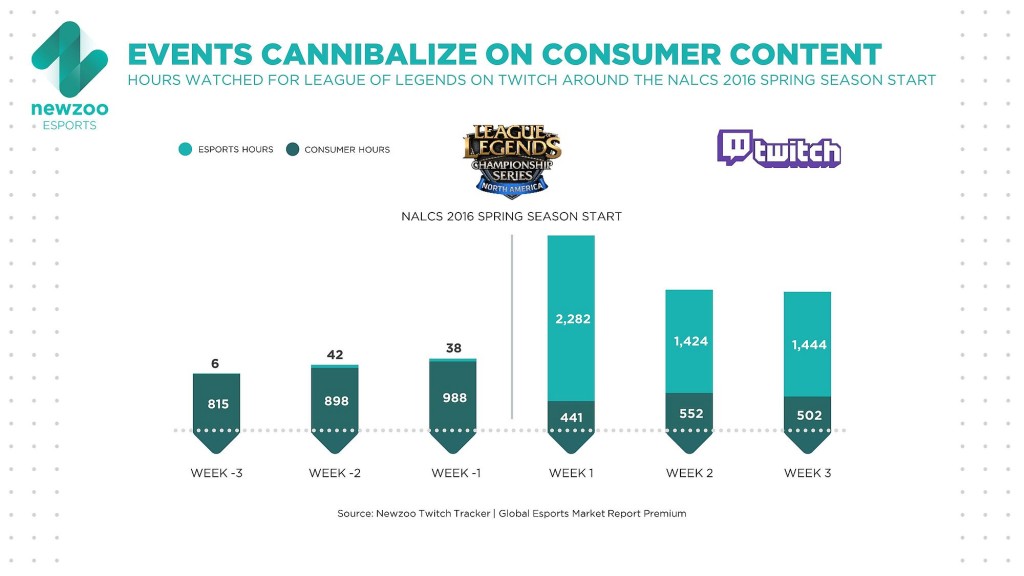
 How have you seen World of Tanks expand as an eSport over the last few years?
How have you seen World of Tanks expand as an eSport over the last few years?